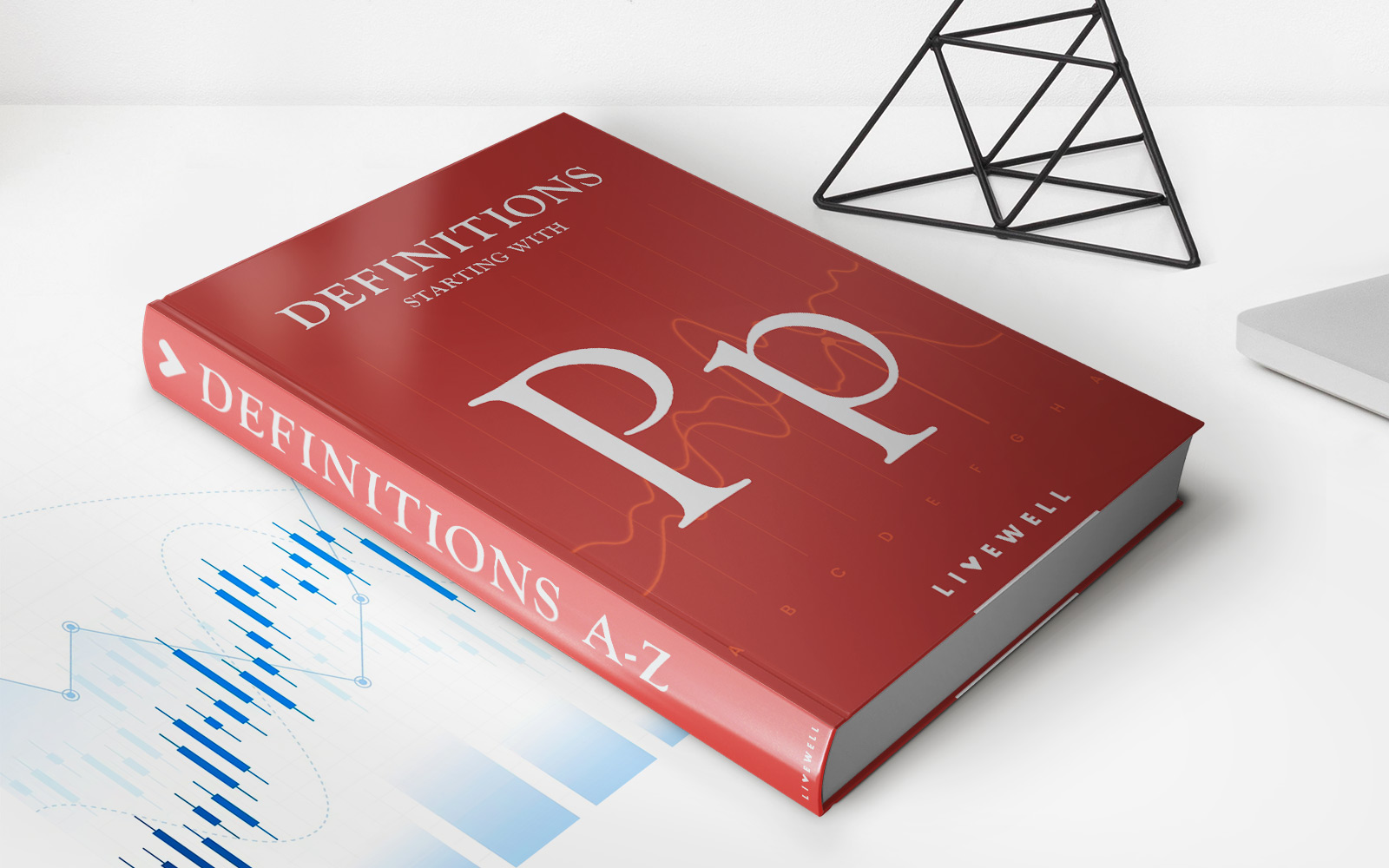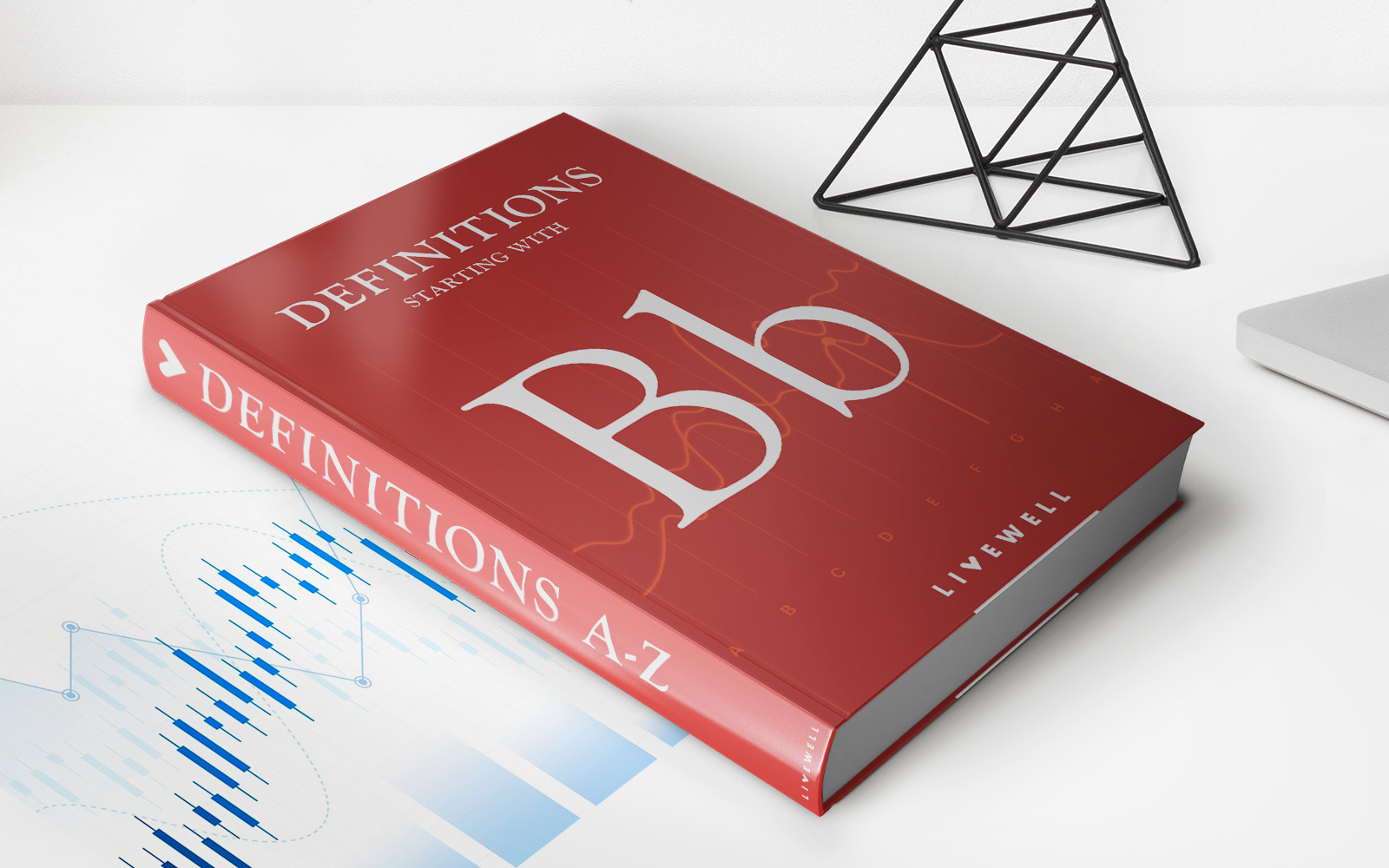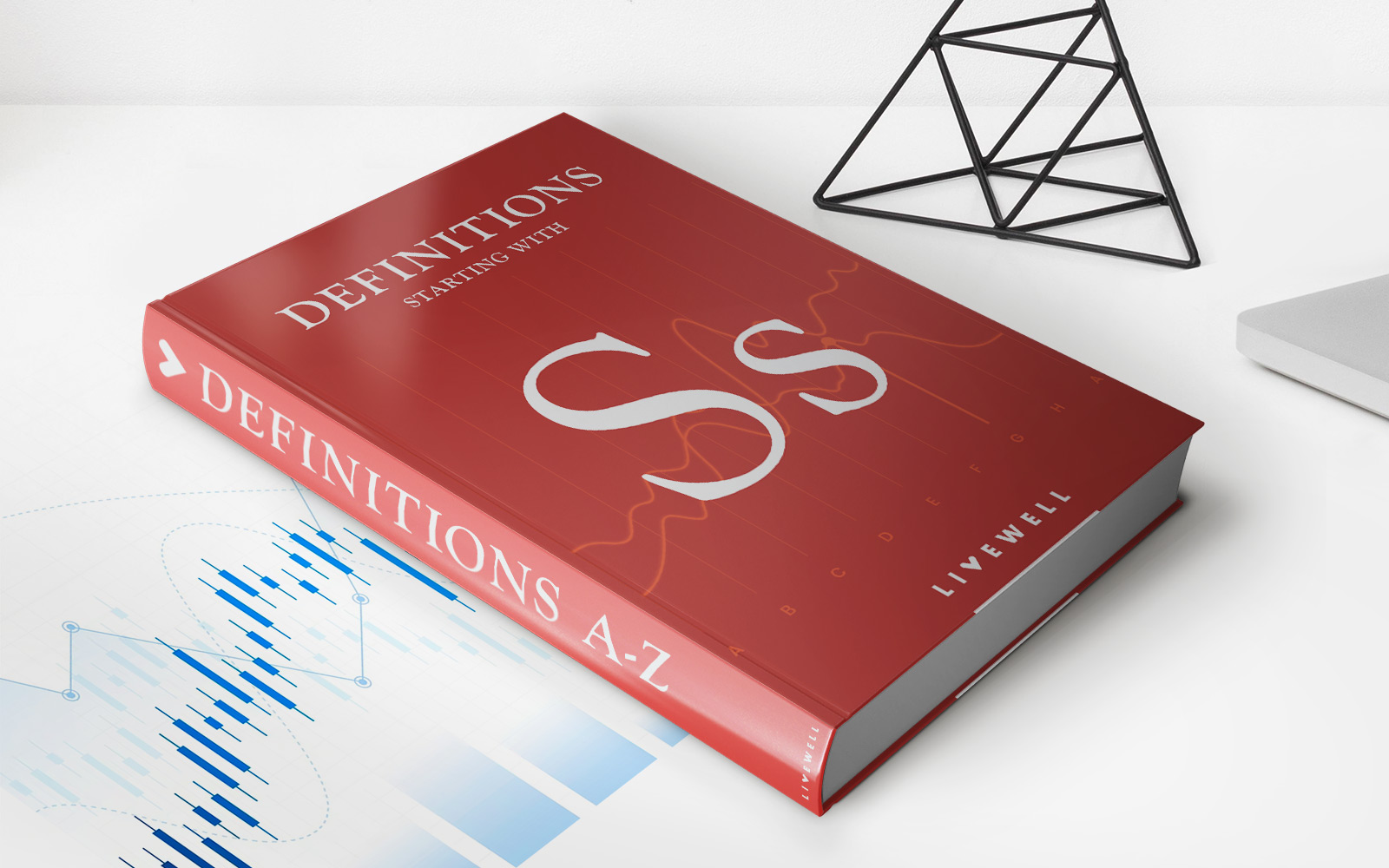Home>Finance>Provident Fund: Definition, How It Works For Retirement


Finance
Provident Fund: Definition, How It Works For Retirement
Published: January 13, 2024
Learn the definition and workings of Provident Fund, an essential finance tool for retirement planning. Discover how it benefits your financial security and future.
(Many of the links in this article redirect to a specific reviewed product. Your purchase of these products through affiliate links helps to generate commission for LiveWell, at no extra cost. Learn more)
Provident Fund: Definition, How It Works for Retirement
Are you wondering what a provident fund is and how it can work for your retirement? Look no further, as we delve into the details of this financial instrument that plays a crucial role in many people’s retirement planning. In this blog post, we’ll explain the definition of a provident fund and provide you with insights into how it works, allowing you to make informed decisions for your financial future.
Key Takeaways:
- A provident fund is a retirement savings scheme established by employers to provide financial security to their employees after retirement.
- Contributions to the provident fund are made by both the employer and the employee, with the funds accumulating and growing over time.
What is a Provident Fund?
A provident fund is a type of retirement savings scheme that is typically established by an employer to ensure the financial well-being of their employees once they retire. It is a form of long-term investment that helps individuals build up a corpus of funds that can be withdrawn upon retirement or in certain predefined circumstances. Provident funds are an essential part of retirement planning as they provide individuals with financial security during their golden years.
How Does a Provident Fund Work?
Now that we understand the definition of a provident fund, let’s delve into how it functions:
- Contributions: Both the employer and the employee make regular contributions to the provident fund. These contributions can be a fixed amount or a percentage of the employee’s salary. The funds are usually deducted from the employee’s salary and contributed to the provident fund by the employer. The total amount contributed accumulates and grows over time.
- Interest: The funds within the provident fund earn interest, which helps them grow further. The interest rates for provident funds vary and are influenced by various factors, such as government regulations and prevailing market conditions. The interest earned on the accumulated funds can significantly increase the retirement corpus, ensuring a higher payout upon retirement.
- Withdrawal: The provident fund can usually be accessed by the employee upon retirement, resignation, or in the case of specific predefined circumstances. It serves as a buffer that provides individuals with financial stability during times of transition or unforeseen events. Withdrawals from the fund are typically subject to certain rules and regulations, such as specific tax implications and a minimum holding period.
A provident fund acts as a valuable financial safety net, providing individuals with a secure source of income after retirement. It helps to alleviate concerns about financial stability and enables individuals to enjoy their retired life without worrying about monetary constraints.
Conclusion
Providence funds are an essential part of retirement planning, offering individuals a secure financial future. By understanding the definition and functionality of provident funds, individuals can make informed decisions and take advantage of the benefits they provide. Whether you’re an employer or an employee, incorporating a provident fund into your retirement planning can help you achieve your financial goals and live a comfortable life during retirement.














